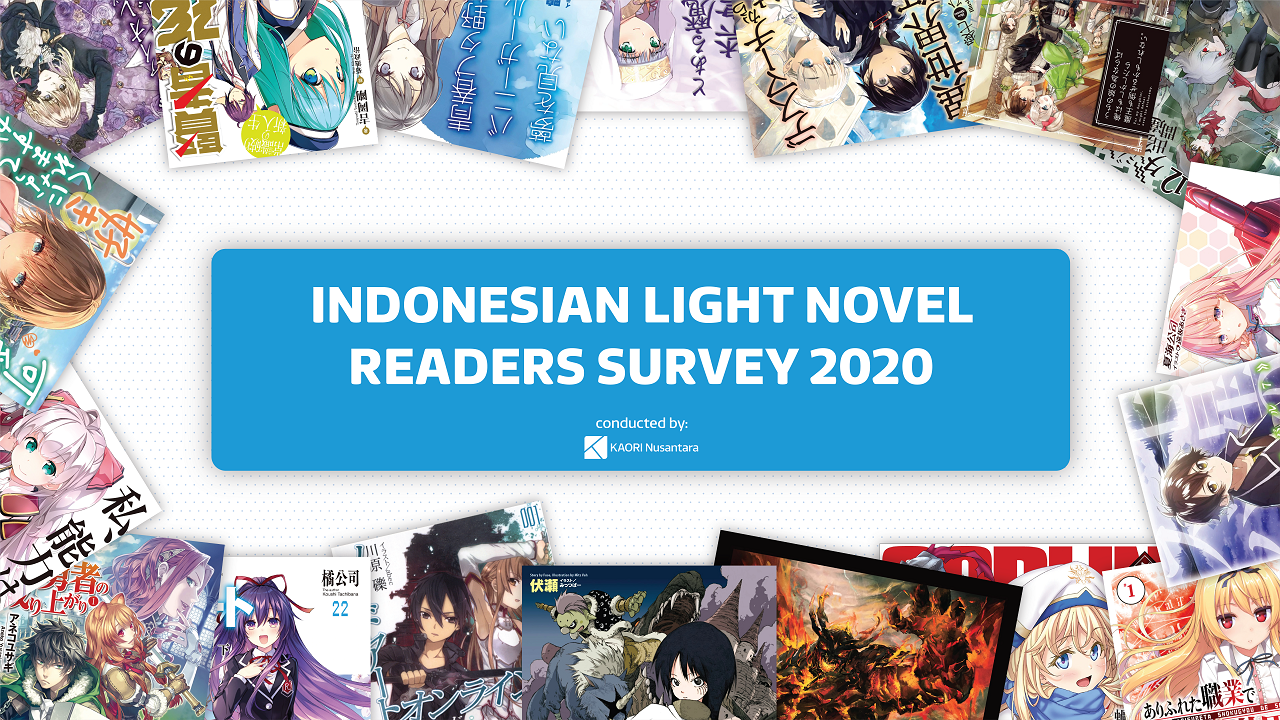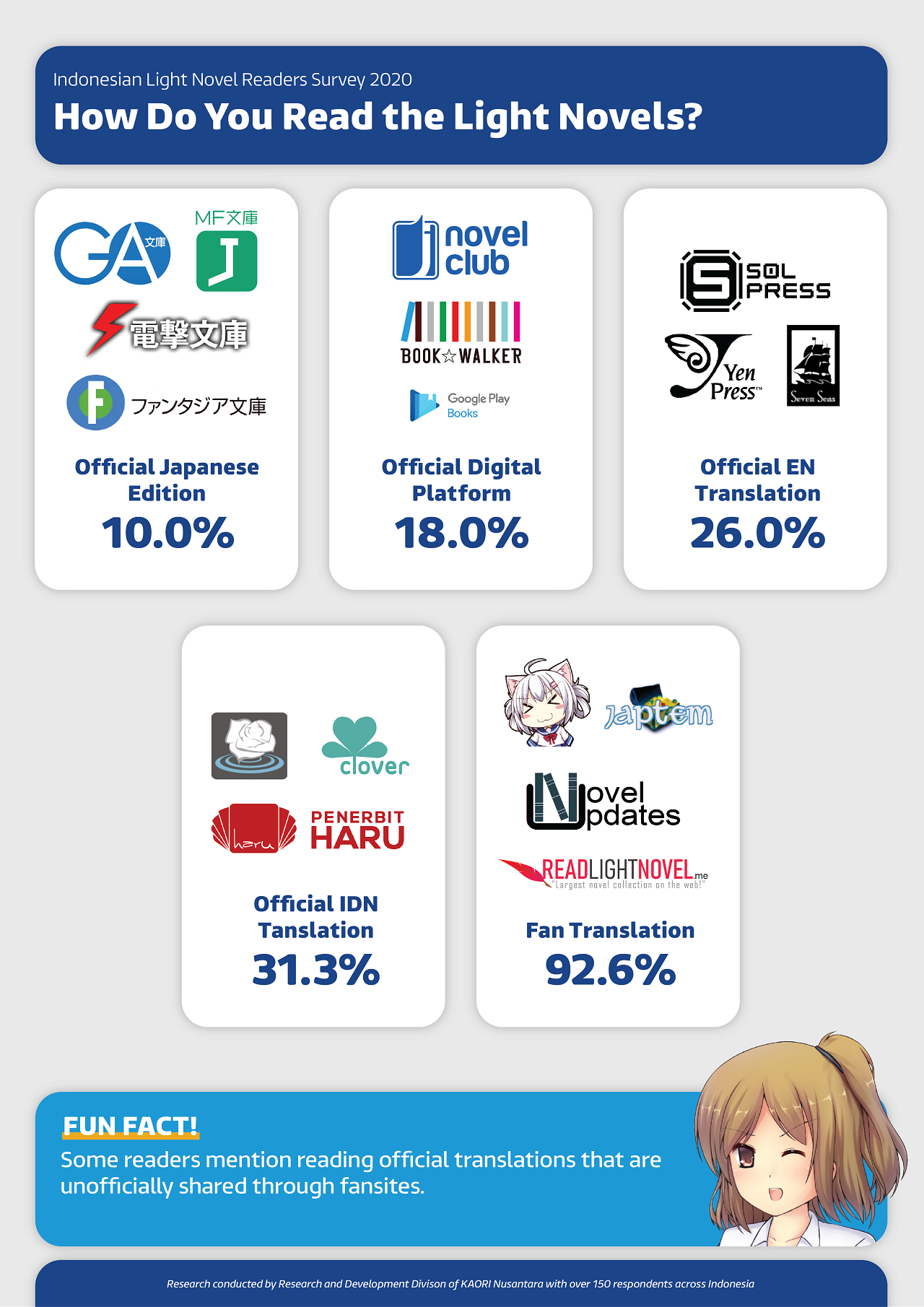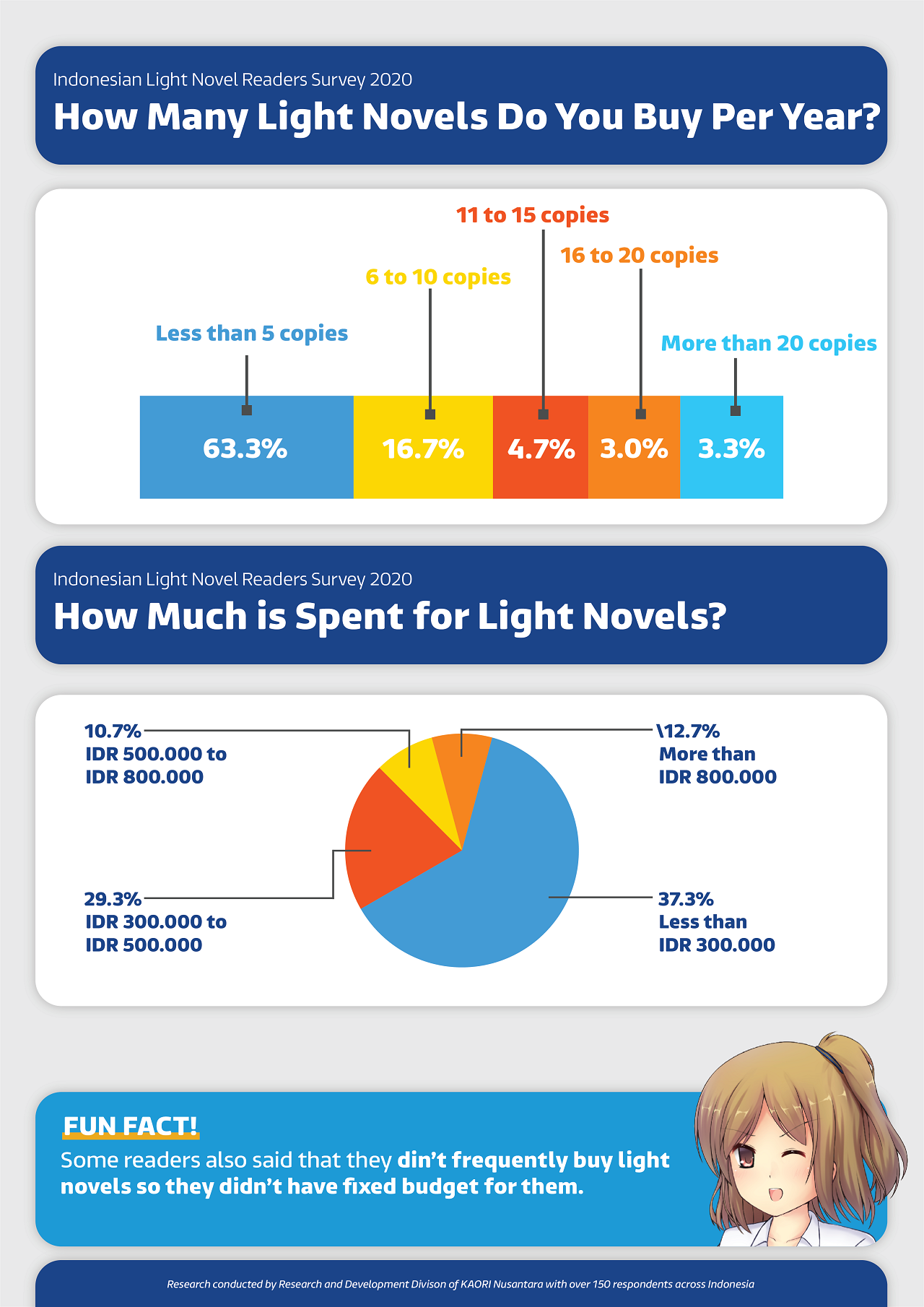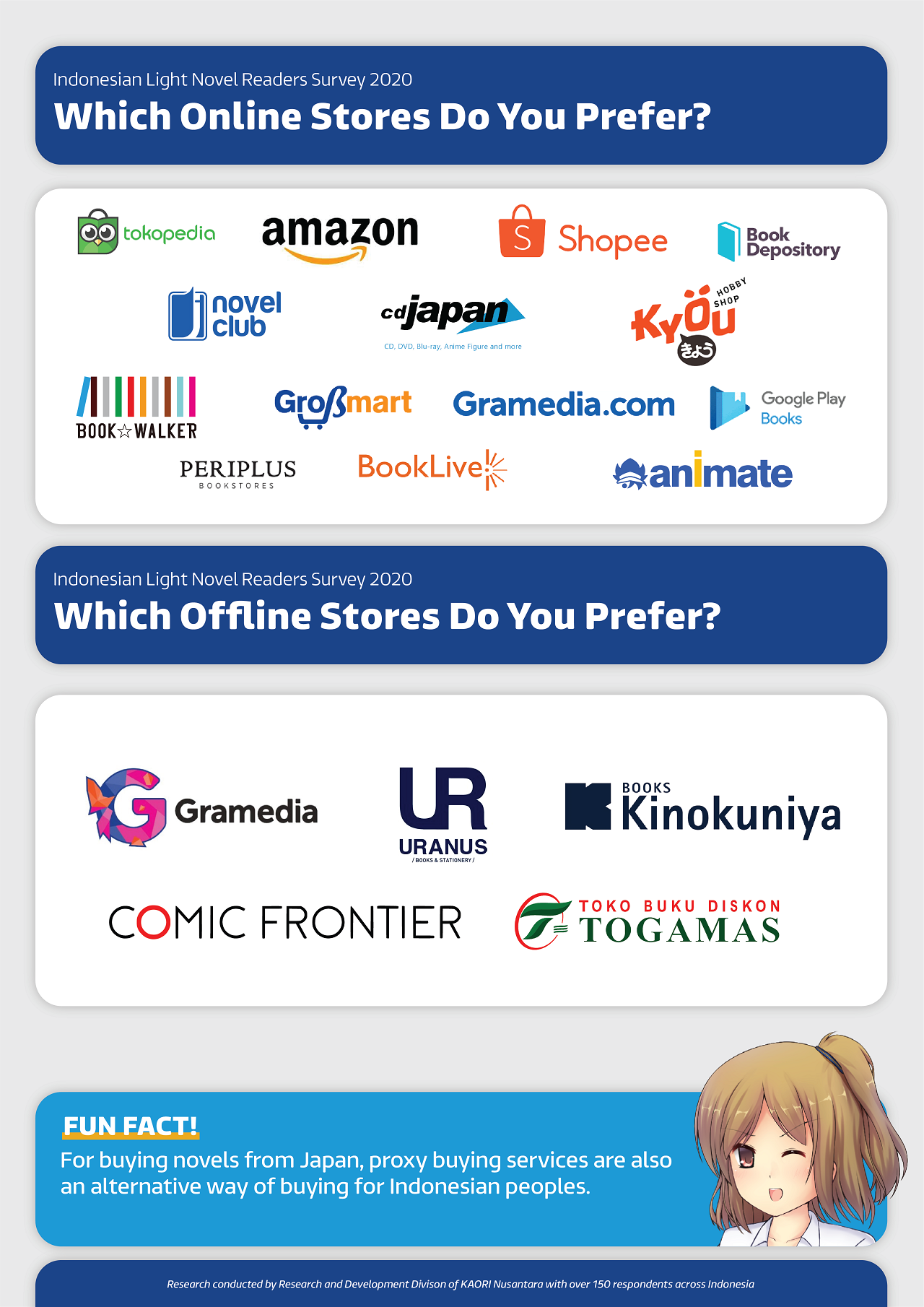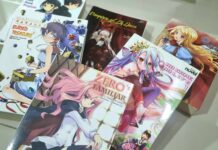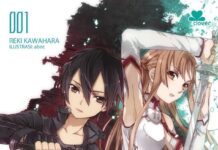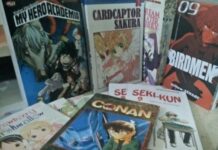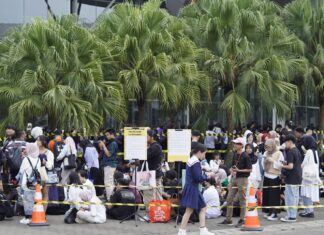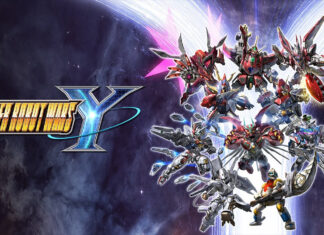Part II: Reading and Purchasing Methods
Now that we know what light novels the respondents like to read, we inquire into how they read the novels. For this question, we allowed the respondents to choose more than one option. As can be seen from the results, the respondents at the time of this writing were very likely to read fan translations. We didn’t seek more specific reasons as to why they prefer fan translation.
-
- Fan translation 92.6% (139 respondents)
- Buying official Indonesian translation 31.3% (47 respondents)
- Buying official English translation 26% (39 respondents)
- Official digital platforms 18% (27 respondents)
- Buying official Japanese editions 10% (15 respondents)
- Other than that, there had been three respondents saying they read official English translations that have been posted to fan sites.
While the number of users of fan translations is high, there were 84 of them who also included buying Indonesian, English, and/or Japanese editions and/or using official digital platforms in their answers, while 55 others only included fan translations in their answers. Only 10 respondents who answered with buying Indonesian, English, and/or Japanese editions and/or using official digital platforms did not mention reading fan translations too. Even among those who bought original Japanese editions, only three of them did not read fan translations too. Thus, there were actually many among the respondents who used mixed strategies of reading fan translations and purchasing official editions or using official digital platforms.
To the respondents who said they have bought the translated novels, we also asked what novels they have bought, though we did not ask in detail whether they were Indonesian or English translations. The most often mentioned titles were No Game No Life with at least 20 respondents, Absolute Duo with at least 11 respondents, Overlord with five respondents, and Ryuugajou Nanana no Maizoukin with at least four respondents. As mentioned before, No Game No Life has an Indonesian edition from Shining Rose Media, though it’s also available in English from Yen Press. Absolute Duo and Ryuugajou Nanana also have Indonesian editions from Shining Rose Media but no official English editions, while Overlord is available in English from Yen Press but has not been available in Indonesian.
We’d also like to note that four respondents mentioned that they have bought (all) of Shining Rose Media’s releases, but only one gave specific examples that have been included in the numbers above (No Game no Life and Absolute Duo). Furthermore, there were 16 respondents who mentioned buying the Hyouka novels and five mentioning Kimi no Suizou wo Tabetai (I Want to Eat Your Pancreas).
As there were respondents who mentioned buying original Japanese editions, we were also curious about what titles they have bought. The most often mentioned title with four respondents was Date A Live, which at the time of the survey did not have an official translation available yet.
We then inquire into the amount of light novels bought by the respondents who bought them, whether they’re official translations or the Japanese editions. We found that the majority bought no more than 5 copies per year.
- Less than 5 copies: 63.3% (95 respondents)
- 6 to 10 copies: 16.7% (25 respondents)
- 11 to 15 copies: 4.7% (7 respondents)
- 16 to 20 copies: 3% (2 respondents)
- More than 20 copies: 3.3% (5 respondents)
We also asked the amount of money spent for light novels. The majority of the respondents spent no more than IDR 500,000 (less than US$ 35) per year.
- Less than IDR 300,000 (about US$ 21): 37.3% (56 respondents)
- Between IDR 300.000 to 500,000 (about US$ 35): 29.3% (44 respondents)
- Between IDR 500.000 to 800,000 (about US$ 56): 10.7% (16 respondents)
- More that IDR 800,000: 12.7% (19 respondents)
As for how the respondents purchase the light novels, we asked them what online stores and physical stores they bought the novels from. These are open-ended questions, so each respondent could mention as many choices of stores as they liked. For online shopping, e-commerce platforms with domestic sellers and domestic online stores were popular choices. Among e-commerce platforms, 11 respondents mentioned Tokopedia, while three mentioned Shopee and and two mentioned Bukalapak. Beside those platforms, Kyou Hobby Shop was mentioned by seven respondents, three mentioned Grobmart, three mentioned Periplus, two mentioned owlbookstore, and five mentioned other stores or resellers. It should be noted that some of those stores like Periplus and Kyou, although possessing their own stores at their websites, are also present on some e-commerce platforms like Tokopedia or Shopee, while owlbookstore just operates through those platforms.
For international stores, the most popular was Amazon with 15 respondents, and two of them specifying amazon.jp, while one specifying using Amazon to buy English editions, and one other specifying buying e-book versions on Amazon. Six answered with Book Depository, four answered with CDJapan, and one with Animate.
As for e-books, Google Play Books was the most mentioned with nine respondents, two of which specify getting J-Novel Club’s e-books from there, while one specifies getting original Japanese e-books. Four were users of Book Walker, and two mentioned other e-book stores like Kobo or BookLive.
Moving on to physical stores, the major book retailer Gramedia was the most popular choice for getting Indonesian editions, with 62 respondents mentioning it, while Kinokuniya was the most popular choice for getting imported English or Japanese editions with 20 respondents mentioning it (one of which was a resident of Batam who could go to Kinokuniya stores in Singapore or Malaysia). Another popular domestic store was Togamas Bookstore, mentioned by five respondents, and five respondents mentioned other bookstores like Gunung Agung, or Uranus. One respondent mentioned buying books from vendors who opened shops at Comic Frontier.
From the result of the survey, we can see that although the availability of light novels from Indonesian publishers is still limited, the respondents were still able to consume various light novel series by utilizing a mixed selection of channels, both official and unofficial; whether they’re the few titles that were available from Indonesian publishers, imported English or Japanese editions, or fan translations. Although some smaller Indonesian publishers like Shining Rose Media and Katalis Pustaka are no longer active, now that a major publisher has moved to publishing popular light novel titles, it would be interesting to observe if this will have a significant impact on the habits of fans in reading light novels.
Read more: Brief History of License Light Novels in Indonesia
KAORI Nusantara Research Division | Text by Vina Nurziani and Halimun Muhammad | Infographics by Cakra Bhirawa

